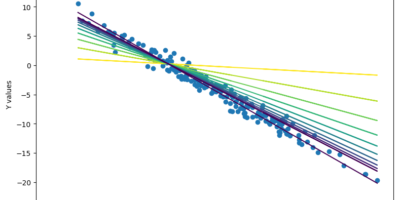Ah yes, another article about a cool, scifi-esque, and useful technology coming from a novel application of 3D printing. I’m really starting to see a trend here. Just recently in the spotlight is beauty company L’Oréal’s endeavours to 3D print human skin in order to help facilitate product research and testing.
It’s a very smart idea, since human studies are ideal for determining the effects of products on other humans, but are far from pleasant to conduct; there is great difficulty in controlling variables, not to mention the few people who researchers can actually find (and pay) to do the study assuming they even have a large enough sample size from which to attain valid results.
Unfortunately, this method won’t be able to remove the need for full human studies anytime soon, as all consumer-grade products require clinical testing before they can be sold to consumers. However, it will allow for skin samples to be prepared in a methodical, repeatable way, as well as will reduce the complexity of the experiment to allow for pinpointing of specific factors that cause certain observable effects. In this way, general observations can be made about the chemical’s affects before bringing in the expensive human guinea pigs.
It’s not just L’Oréal’s hand at work here though; Organovo, a company specializing in bio-printing functional human tissues, primarily for medical research, is working in collaboration with the beauty company to pool their respective resources and experiences on the subject matter.
The ‘bio-ink’ used in the 3D-printer made of, unsurprisingly, human tissue donated from plastic surgery clinics, collected from tissue biopsies, or provided from stem cell resources. While the printing process itself involves the use of a template matrix that holds the form of the desired sample, it is removed within twenty-four hours of the print, leaving no synthetic structures or scaffolds that could compromise the validity of testing results.
The Organovo-L’Oréal 3D printed skin is said to be a scientifically capable of mimicking the form and function of living human tissues. In addition, they boast of the ability to print different varieties of skin as well, including different age groups and ethnicities to compare across testing and research. Although it is still in the earliest stages of development, it will be definitely be a project to keep an eye on for how it changes the way we perform not only cosmetic testing, but consumer testing as a whole.




Leave a Reply